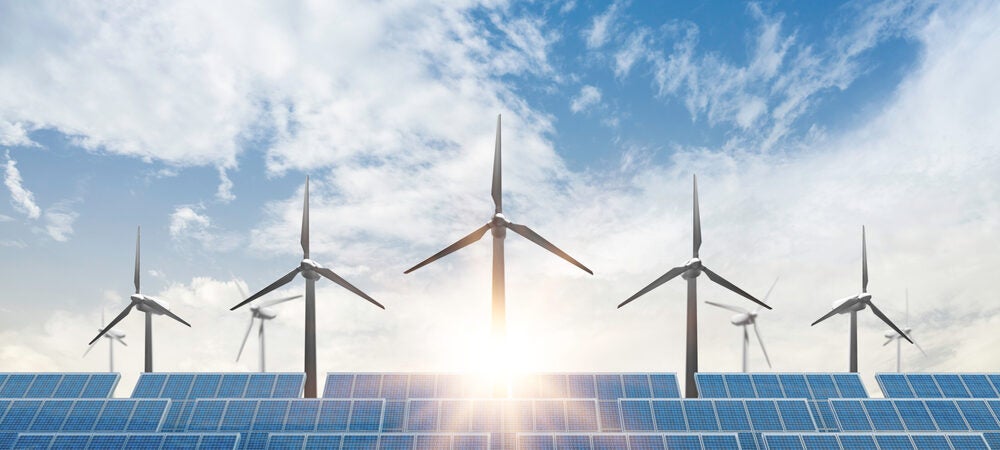OPEC and its affect on crude oil prices.
The Organization of the Petroleum Exporting Countries, OPEC, was established in 1960, with five founding members: Iran, Iraq, Kuwait, Saudi Arabia, and Venezuela. OPEC’s primary objective was to unify petroleum policies and secure fair prices for its member countries, which has since expanded to include 13 core members. According to current estimates, 80.4% of the world’s proven oil reserves are located in OPEC Member Countries, with the bulk of OPEC oil reserves in the Middle east, amounting to 67.1% of the OPEC total.1 Central to OPEC’s power is its ability to leverage its collective influence to manipulate global supply and demand dynamics, thereby influencing prices. Reductions in production create market scarcity, driving prices upward, while increases result in a surplus, leading to price decreases. Decisions on production quotas are made during OPEC meetings, where member nations negotiate and coordinate their strategies.
The United States is on the cliff of its third energy revolution in 100 years.
Up to this point, renewables have only played a minor role in US power generation; in order to fulfill the promises of a net-zero emissions scenario by 2030, 2040, or 2050…wherever the target is now!
The shift from a fuel-intensive to a material-intensive energy system powered by renewables will rely on a supply chain for critical minerals and rare earth metals controlled by only a handful of countries.
Where is this fuel coming from?
The materials necessary for our smart phones, high technology devices, consumer and industrial batteries, electric vehicles, renewable energy infrastructure, all require the metals and rare earth elements whose supply is currently controlled by a small group of countries, led by China.
China has emerged as a dominant force in the processing of these raw materials into usable forms, driven by domestic resource availability, cost-effective labor, and advanced processing technologies. An underlying reason for China’s preeminence is the hesitation of many countries to engage in environmentally impactful processing activities associated with critical minerals. The processing journey from raw materials to refined forms involves extraction, beneficiation, smelting, and refining; processes that generate waste, release pollutants, and have adverse ecological effects on the environment. China’s willingness to engage in processing activities, albeit with varying environmental standards, has allowed it to become a global bottleneck in the green-energy metal supply chain.
This bottleneck extends to both processed raw materials and finished goods (wind turbines, electric vehicle batteries, and battery energy storage systems) contributing to China’s dominance in the sector. As the world strives for renewable energy solutions, the reliance on China for processing and manufacturing introduces potential vulnerabilities in supply chains, affecting availability and affordability.
Where are the clean-energy technologies manufactured?
Answer: China
To recap, China controls a portion of the mine supply, a significant majority of the processing, and an even more significant majority of the manufacturing of clean-energy technologies. They are vertically integrated; a term that describes a business strategy in which a company owns or controls different stages of the supply chain of a product or service.
So what will the largest consumers of renewables and clean-energy technologies, the US & Europe, do if China decides to turn off the spout for say, a raw material…we’re about to find out.
On July 4th (of all days) China announced a curb on exports of Gallium and Germanium, two of the rare earth elements critical to chipmaking and electronics.
It’s not just a China problem…the risk of a new OPEC is real.
Argentina and Chile has the world’s second- and third-largest reserves of Lithium, respectively. Those countries, along with their neighbor Bolivia, make up the “Lithium Triangle”. The US imports roughly 91% of its lithium from the Lithium Triangle, primarily Chile.
At the end of April 2023, Chile’s President announced the nationalization of its lithium reserves, which could signal the imminent rise of protectionist measures on a global scale, with a focus on these core green energy metals and rare earths. Our reliance on lithium is set to grow even further. Recently, MIT scientists created a solid-state lithium battery that surpasses the performance of current battery technologies5. As newer technologies demand even greater quantities of lithium, the US is likely to accept the nationalization of, and its short- to medium-term dependence on, Chilean lithium, while exploring alternative sources in countries with more favorable business environments.
As the world accelerates its shift towards renewable energy, the concentration of green-energy metal reserves and processing capabilities in a limited group of countries raises concerns about pricing power and supply chain resilience; this could give rise to a new cartel of metal exporting countries, OMEC.
The United States, Europe, and other developed nations, as major consumers of these materials, will have to deal with this group…but it’s likely that China will be setting the price for now.
The_New_OPEC_EMG_Advisors
To read the full insight, please click here.

